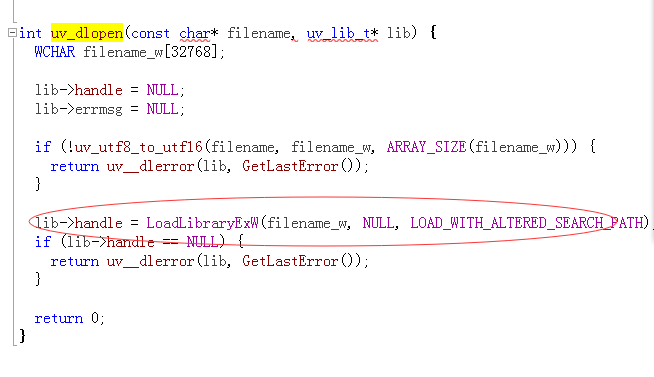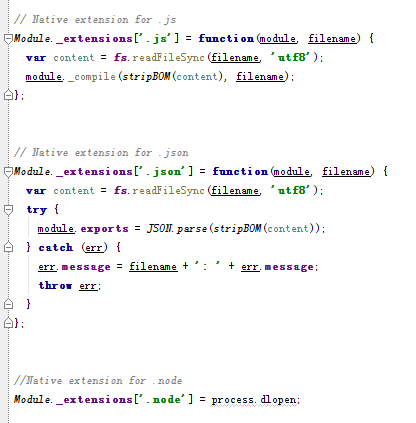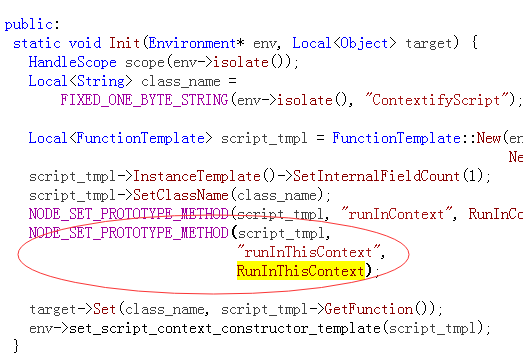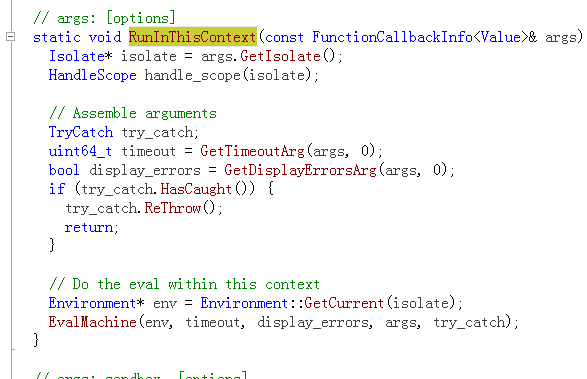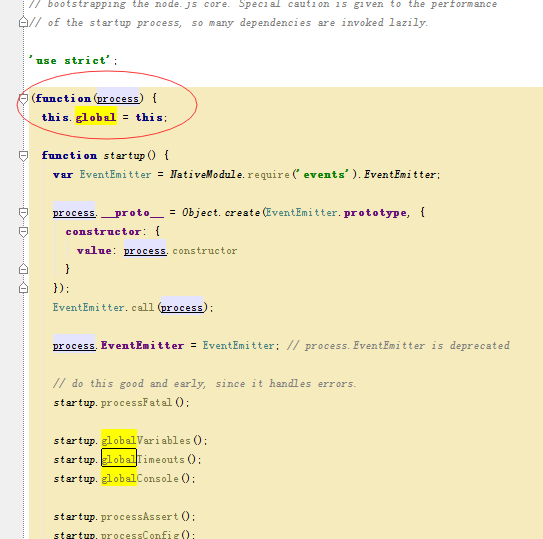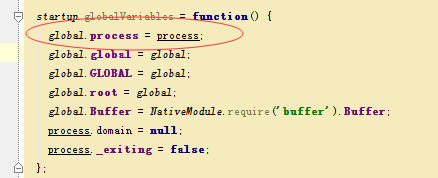最近用到云之讯平台的短信和语音验证码功能,因为没有在他们官网上发现nodejs版本的SDK,所以我按照他们的PHP版本实现了一个nodejs版本的SDK供大家使用。原版PHPSDK也一并上传了,方便大家对比,另外就是XML协议部分并未实现。
同时也已经发布到了npmjs.com上,可以直接在node中用 npm install ucpaas-sdk 命令进行安装。
这次具体改写过程也比较简单,没有太多好说的,唯一一个小知识点就是如何用JS中的闭包来模拟php类中的私有变量和私有函数
比如php中:
<?php
class Ucpaas
{
private $timestamp;
public function __construct()
{
$this->timestamp = 100;
}
private function getResult()
{
return $this->timestamp;
}
public function getDevinfo()
{
return getResult();
}
}
?>
这个PHP类包含了一个私有变量$timestamp,一个构造函数,一个public函数,一个private函数,那么对应JS怎么写比较好呢,如下:
(function () {
//模拟PHP中的私有变量
var timestamp;
//构造函数
function Ucpaas() {
timestamp = 100;
}
//模拟private函数
function getResult() {
return timestamp;
}
//模拟public函数
Ucpaas.prototype.getDevinfo = function() {
return getResult();
};
//导出类
module.exports = Ucpaas;
}());
这样就很好的利用了JS中闭包的特性来模拟了一个PHP类。
最后附上云之讯的网址:
http://www.ucpaas.com/
在您的nodejs项目中用 npm install ucpaas-sdk --save 命令进行安装。
示例代码如下:
var ucpaasClass = require('ucpaas-sdk/lib/ucpaasClass');
var options = {
accountsid: 'XXXX193c69eaXXXXXXbe89017fcXXXXX',
token: 'XXXXXXdfe88a37XXXXXX288ccaXXXXXX'
};
var ucpaas = new ucpaasClass(options);
//开发者账号信息查询
ucpaas.getDevinfo(function (status, responseText) {
console.log('code: ' + status + ', text: ' + responseText);
});
//语音验证码
var appId = 'XXXXXX2fd25eXXXXb8XXXbaXXXXXXX7a';
var verifyCode = '1256';
var to = '18612345678';
ucpaas.voiceCode(appId, verifyCode, to, function (status, responseText) {
console.log('code: ' + status + ', text: ' + responseText);
});
//短信验证码
var appId = 'XXXXXX2fd25eXXXXb8XXXbaXXXXXXX7a';
var to = '18612345678';
var templateId = '16021';
var param = '1256,5';
ucpaas.templateSMS(appId, to, templateId, param, function (status, responseText) {
console.log('code: ' + status + ', text: ' + responseText);
});
//双向回拨
var appId = 'XXXXXX2fd25eXXXXb8XXXbaXXXXXXX7a';
var fromClient = '63314039999129';
var to = '13412345678';
var fromSerNum = '4008800800';
var toSerNum = '18612345678';
ucpaas.callBack(appId, fromClient, to, fromSerNum, toSerNum, function (status, responseText) {
console.log('code: ' + status + ', text: ' + responseText);
});
//申请client账号
var appId = 'XXXXXX2fd25eXXXXb8XXXbaXXXXXXX7a';
var clientType = '0';
var charge = '0';
var friendlyName = '';
var mobile = '13412345678';
ucpaas.applyClient(appId, clientType, charge, friendlyName, mobile, function (status, responseText) {
console.log('code: ' + status + ', text: ' + responseText);
});
//释放client账号
var appId = 'XXXXXX2fd25eXXXXb8XXXbaXXXXXXX7a';
var clientNumber = '63314039999129';
ucpaas.releaseClient(clientNumber, appId, function (status, responseText) {
console.log('code: ' + status + ', text: ' + responseText);
});
//分页获取Client列表
var appId = 'XXXXXX2fd25eXXXXb8XXXbaXXXXXXX7a';
ucpaas.getClientList(appId, '0', '100', function (status, responseText) {
console.log('code: ' + status + ', text: ' + responseText);
});
//以Client账号方式查询Client信息
var appId = 'XXXXXX2fd25eXXXXb8XXXbaXXXXXXX7a';
ucpaas.getClientInfo(appId, '63314039999129', function (status, responseText) {
console.log('code: ' + status + ', text: ' + responseText);
});
//以手机号码方式查询Client信息
var appId = 'XXXXXX2fd25eXXXXb8XXXbaXXXXXXX7a';
ucpaas.getClientInfoByMobile(appId, '18612345678', function (status, responseText) {
console.log('code: ' + status + ', text: ' + responseText);
});
//应用话单下载
var appId = 'XXXXXX2fd25eXXXXb8XXXbaXXXXXXX7a';
ucpaas.getBillList(appId, 'week', function (status, responseText) {
console.log('code: ' + status + ', text: ' + responseText);
});
代码已经提交到github上,您可以在如下地址访问到:
https://github.com/phonegapX/ucpaas
var ucpaasClass = require('ucpaas-sdk/lib/ucpaasClass');
var options = {
accountsid: 'XXXX193c69eaXXXXXXbe89017fcXXXXX',
token: 'XXXXXXdfe88a37XXXXXX288ccaXXXXXX'
};
var ucpaas = new ucpaasClass(options);
//开发者账号信息查询
ucpaas.getDevinfo(function (status, responseText) {
console.log('code: ' + status + ', text: ' + responseText);
});
//语音验证码
var appId = 'XXXXXX2fd25eXXXXb8XXXbaXXXXXXX7a';
var verifyCode = '1256';
var to = '18612345678';
ucpaas.voiceCode(appId, verifyCode, to, function (status, responseText) {
console.log('code: ' + status + ', text: ' + responseText);
});
//短信验证码
var appId = 'XXXXXX2fd25eXXXXb8XXXbaXXXXXXX7a';
var to = '18612345678';
var templateId = '16021';
var param = '1256,5';
ucpaas.templateSMS(appId, to, templateId, param, function (status, responseText) {
console.log('code: ' + status + ', text: ' + responseText);
});
//双向回拨
var appId = 'XXXXXX2fd25eXXXXb8XXXbaXXXXXXX7a';
var fromClient = '63314039999129';
var to = '13412345678';
var fromSerNum = '4008800800';
var toSerNum = '18612345678';
ucpaas.callBack(appId, fromClient, to, fromSerNum, toSerNum, function (status, responseText) {
console.log('code: ' + status + ', text: ' + responseText);
});
//申请client账号
var appId = 'XXXXXX2fd25eXXXXb8XXXbaXXXXXXX7a';
var clientType = '0';
var charge = '0';
var friendlyName = '';
var mobile = '13412345678';
ucpaas.applyClient(appId, clientType, charge, friendlyName, mobile, function (status, responseText) {
console.log('code: ' + status + ', text: ' + responseText);
});
//释放client账号
var appId = 'XXXXXX2fd25eXXXXb8XXXbaXXXXXXX7a';
var clientNumber = '63314039999129';
ucpaas.releaseClient(clientNumber, appId, function (status, responseText) {
console.log('code: ' + status + ', text: ' + responseText);
});
//分页获取Client列表
var appId = 'XXXXXX2fd25eXXXXb8XXXbaXXXXXXX7a';
ucpaas.getClientList(appId, '0', '100', function (status, responseText) {
console.log('code: ' + status + ', text: ' + responseText);
});
//以Client账号方式查询Client信息
var appId = 'XXXXXX2fd25eXXXXb8XXXbaXXXXXXX7a';
ucpaas.getClientInfo(appId, '63314039999129', function (status, responseText) {
console.log('code: ' + status + ', text: ' + responseText);
});
//以手机号码方式查询Client信息
var appId = 'XXXXXX2fd25eXXXXb8XXXbaXXXXXXX7a';
ucpaas.getClientInfoByMobile(appId, '18612345678', function (status, responseText) {
console.log('code: ' + status + ', text: ' + responseText);
});
//应用话单下载
var appId = 'XXXXXX2fd25eXXXXb8XXXbaXXXXXXX7a';
ucpaas.getBillList(appId, 'week', function (status, responseText) {
console.log('code: ' + status + ', text: ' + responseText);
});
代码已经提交到github上,您可以在如下地址访问到:
https://github.com/phonegapX/ucpaas
同时也已经发布到了npmjs.com上,可以直接在node中用 npm install ucpaas-sdk 命令进行安装。
这次具体改写过程也比较简单,没有太多好说的,唯一一个小知识点就是如何用JS中的闭包来模拟php类中的私有变量和私有函数
比如php中:
<?php
class Ucpaas
{
private $timestamp;
public function __construct()
{
$this->timestamp = 100;
}
private function getResult()
{
return $this->timestamp;
}
public function getDevinfo()
{
return getResult();
}
}
?>
这个PHP类包含了一个私有变量$timestamp,一个构造函数,一个public函数,一个private函数,那么对应JS怎么写比较好呢,如下:
(function () {
//模拟PHP中的私有变量
var timestamp;
//构造函数
function Ucpaas() {
timestamp = 100;
}
//模拟private函数
function getResult() {
return timestamp;
}
//模拟public函数
Ucpaas.prototype.getDevinfo = function() {
return getResult();
};
//导出类
module.exports = Ucpaas;
}());
这样就很好的利用了JS中闭包的特性来模拟了一个PHP类。
最后附上云之讯的网址:
http://www.ucpaas.com/

